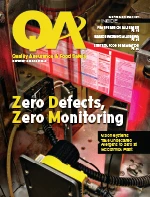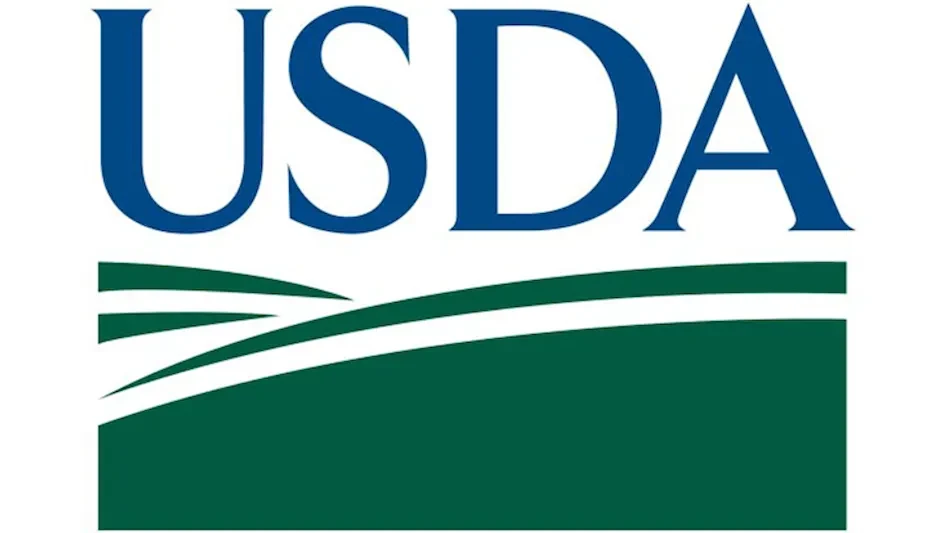Reactions and Anaphylaxis
- According to CDC, food allergies result in more than 300,000 ambulatory-care visits a year among children under the age of 18.
- Every 3 minutes a food allergy reaction sends someone to the emergency department– that is about 200,000 emergency department visits per year. Every 6 minutes the reaction is one of anaphylaxis.
- Food allergy is the leading cause of anaphylaxis outside the hospital setting.
- Even small amounts of a food allergen can cause a reaction.
- Most allergic reactions to foods occurred from foods that were thought to be safe. Such reactions can be attributed to mislabeling or cross contact during food preparation.
- Teenagers and young adults with food allergies are at the highest risk of fatal food-induced anaphylaxis.
- Symptoms of anaphylaxis may recur after initially subsisting and experts recommend an observation period of about 4 hours to monitor that the reaction has been resolved.
- Individuals with food allergies who also have asthma may be at increased risk for severe/fatal food allergy reactions.
Food Allergy Treatment
- Prompt administration (e.g., within minutes of symptoms of anaphylaxis) of epinephrine (adrenaline) is crucial to successfully treating anaphylactic reactions.
- There is no cure for food allergies. Strict avoidance of food allergens and early recognition and management of allergic reactions to food are important measures to prevent serious health consequences.
- There are a number of promising food allergy therapies under study, although none are yet proven for general use.
The above facts and statistics were compiled by the Food Allergen and Anaphylaxis Network FAAN. For more information and citations, visit www.foodallergy.org/page/facts-and-stats.

Explore the December 2012 Issue
Check out more from this issue and find your next story to read.
Latest from Quality Assurance & Food Safety
- Bird Flu: What FSQA Professionals Need to Know
- Registration Open for 129th AFDO Annual Educational Conference
- Frank Yiannas, Aquatiq Partner to Expand Global Reach of Food Safety Culture
- World Food Safety Day 2025 Theme: Science in Action
- Ancera Launches Poultry Analytics System
- USDA Terminates Two Longstanding Food Safety Advisory Committees
- Catalyst Food Leaders Announces Virtual Leadership Summit for People in Food
- Food Safety Latam Summit 2025 Set for Mexico City





